The Gwiae Traditional House (귀애고택)
30.3M 2024-12-20
37-17 , Gwiho 1-gil, Yeongcheon-si, Gyeongsangbuk-do
+82-54-331-8043, +82-10-5556-8043
Gwiae Old House, located in Yeongcheon, Gyeongsangbuk-do, is a hanok built by Joseon scholar [Mukheon Jo Myong-jik / Jo Geuk-seung] in the time of King Yeongjo. Visitors entering the yard through the gatehouse will see a sarangchae, an anchae and a thatched house with a treadmill. Next to the gatehouse is a storage jar stand, and harmoniously arranged behind the sarangchae are a square pond, a small hexagonal pavilion, and Gwiaejeong, a larger pavilion. Biannual jazz, rock and classical concerts are held in the old house, and visitors can try out hanbok wearing, Korean archery, and liquor making.
Orijangnim Forest in Jacheon-ri, Yeongcheon (영천 자천리 오리장림)
6.4Km 2021-06-11
1421-1, Jacheon-ri, Yeongcheon-si, Gyeongsangbuk-do
+82-54-330-6584
Orijangnim Forest is approximately 2 kilometers long, the same length as the Korean measurement of five ri (O-ri). It is also called Jacheon Forest due to its location near Jacheon-ri. The forest was split into two parts after a national roadway was built through the forest. Later, much of the forest was lost due to additional building construction, road expansion, and typhoon. Only some areas in front of Jacheon Village retain the old ambience.
Orijangnim Forest was established to block the strong winds from entering the village, as well as provide bank protection and flood prevention. It is comprised of 280 trees from 12 different species including oriental oaks.
Gunwi Janggok Recreational Forest (군위 장곡자연휴양림)
8.6Km 2024-02-15
195 Janggokhyuyangnim-gil, Goro-myeon, Gunwi-gun, Daegu
The Gunwi Janggok Recreational Forest offers a unique vacation experience where Korean history, culture, and nature converge. Nestled within a dense forest of broad-leaved and pine trees, it provides a serene environment for relaxation and forest bathing in the fresh air. The facility boasts a range of amenities including accommodation, a campground, walking trails, a forest park, an observatory, a nature observation center, and a seminar room. Additionally, it caters to younger visitors with a playground and a small sports field. During the summer, an outdoor water playground for children is also available.
Sail Spa Land (사일온천)
9.3Km 2019-09-26
458-64, Sail-ro, Yeongcheon-si, Gyeongsangbuk-do
+82-54-332-4141
Sail Spa Land is uniquely located at the top of a mountain. Sail Spa Land offers top-ranking hot spring water, and also has a whirlpool-equipped hotel-style family pool, the first of its kind in Korea, and an open-air bath about 330 square meters that is directly connected to a public bath.
Yeongcheon Traditional Korean Medicine Festival (영천한약축제)
9.8Km 2024-05-27
485 Cheonmun-ro, Yeongcheon-si, Gyeongsangbuk-do
+82-54-339-7281~2
Yeongcheon Traditional Korean Medicine Festival takes place in May and is the perfect setting for a spring family outing, with peonies in full bloom throughout the festival grounds. The floral aroma of the flowers blends with the scents of traditional Korean medicine. During the festival, visitors can experience these two charms of Yeongcheon through a range of special programs and exhibitions.
Imgoseowon Confucian Academy (임고서원)
9.9Km 2024-02-23
447 Poeun-ro, Imgo-myeon, Yeongcheon-si, Gyeongsangbuk-do
Imgoseowon Confucian Academy, established in 1553, was built to commemorate the esteemed Goryeo statesman Jeong Mongju. Visitors can explore Munchungsa Shrine, the sanctuary of his ancestral tablet, and Jonyeonggak Pavilion, where his portrait is displayed. Heungmundang Hall, historically used as a lecture hall, is also a significant site within the academy. Among the treasured relics, the academy holds three portraits of Jeong Mongju and a collection of over 200 books. A highlight is the Books of Imgoseowon Confucian Academy, an esteemed compilation of twenty-five volumes across ten categories, recognized as a national Treasure. Furthermore, the grounds are graced by a revered ginkgo tree, recognized as a monument, and the Stele of Jeong Mongju, each adding to the rich cultural tapestry of the site.
Yeongcheon Eunhaesa Temple (은해사 (영천))
10.4Km 2021-12-21
951, Cheongtong-ro, Yeongcheon-si, Gyeongsangbuk-do
+82-54-335-3318
Eunhaesa Temple, located on Palgongsan Mountain in Yeongcheon city, Gyeongsangbuk-do, is one of two major temples on the mountain along with Donghwasa Temple.
The temple was founded by Monk Hyecheol and was given the name Haeansa Temple in the first year of King Heondeok’s reign during the Silla Kingdom (AD 809), but was moved to the current site in the Joseon dynasty in 1546 (the first year of King Myeongjong). Upon its relocation, King Injong of Joseon dynasty was commemorated with a new lecture hall along with a memorial stone plaque where the king's umbilical cord was buried and sealed. It was then when the temple was also given its current name, Eunhaesa Temple.
The temple houses the main shrine, Bohwaru pavilion, Seolseondan Hall, Shimgeondang Hall, eight small hermitages, as well as Baegeungam Temple, Jungangam Temple, and a professional Buddhist education institution, the Eunhaesa Buddhist University. Eunhaesa Temple is home to a National Treasure, Geojoamyongsanjeon Hall, and Treasure, Baekheungamgeukrakjeon Hall. It also contains Treasure, the Sunidan Buddha Platform; Treasure, the Wunbuamcheongdongbosal Seated Buddha Statue; and Treasure, the Eunhaesa Temple Gwaebultaeng hanging Buddha picture. The area is also close to the Seongbu Museum, which exhibits cultural assets from Eunhaesa Temple and the neighboring areas, as well as popular tourist attractions such as Geukrakgul grotto of Jungangam temple (Hwaeomgul Grotto), Geondeul Rock, Manyeonsong Pine Tree, Ganggunsu Waters, and Anheungpokpo Falls of Gigiam Temple.
E-Mart - Yeongcheon Branch [Tax Refund Shop] (이마트 영천)
11.4Km 2024-04-22
83, Choemuseon-ro, Yeongcheon-si, Gyeongsangbuk-do
-
CheongKwanJang - Yeongcheon Branch [Tax Refund Shop] (정관장 영천)
12.2Km 2024-04-22
6, Wansan-ro, Yeongcheon-si, Gyeongsangbuk-do
-
Yeongcheon Dam (영천댐)
12.4Km 2024-02-22
1792 Poeun-ro, Jayang-myeon, Yeongcheon-si, Gyeongsangbuk-do
Yeongcheon Dam is a multipurpose dam located in the middle and lower reaches of the Geumhogang River basin, and below it lies the Yeongcheon Dam Downstream Park. Within the park, there are campgrounds equipped with water facilities and showers, a children's water playground open in the summer, artificial waterfalls, sports fields, and plazas. Surrounding the dam, the Youngcheon Dam Cherry Beotkkotbaek-ri, a famous drive course, is renowned, with numerous café and restaurants scattered along the route.


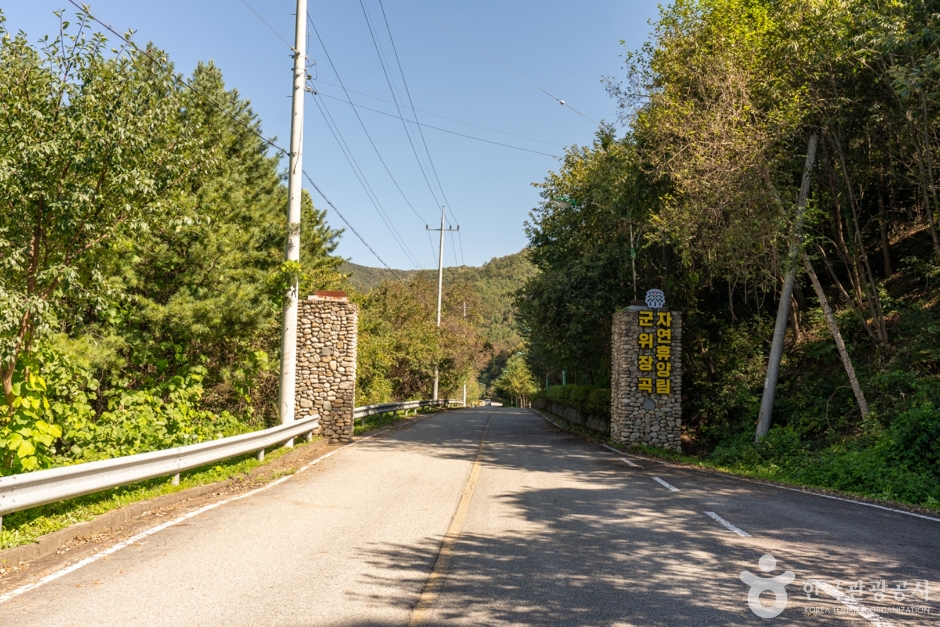
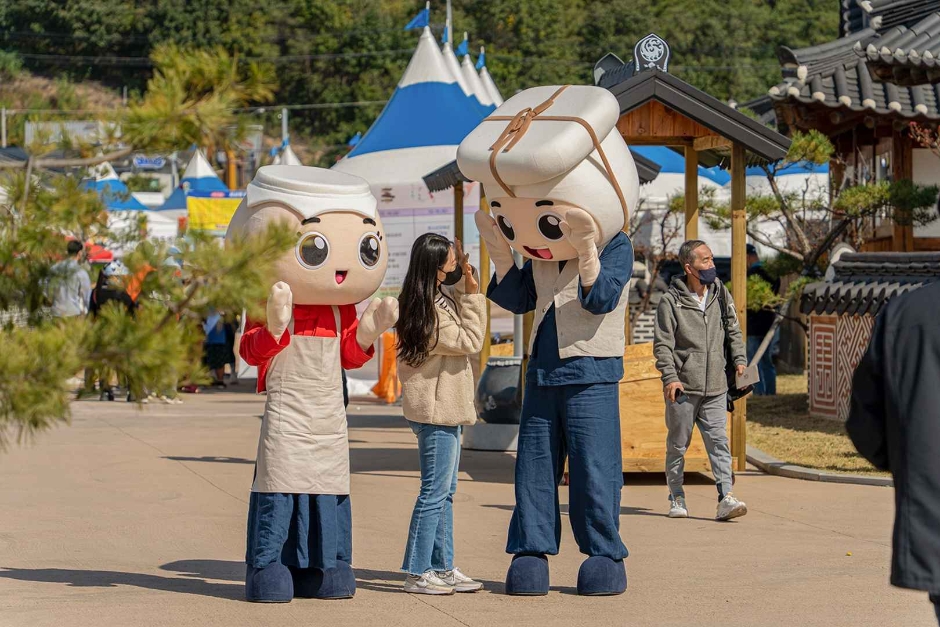
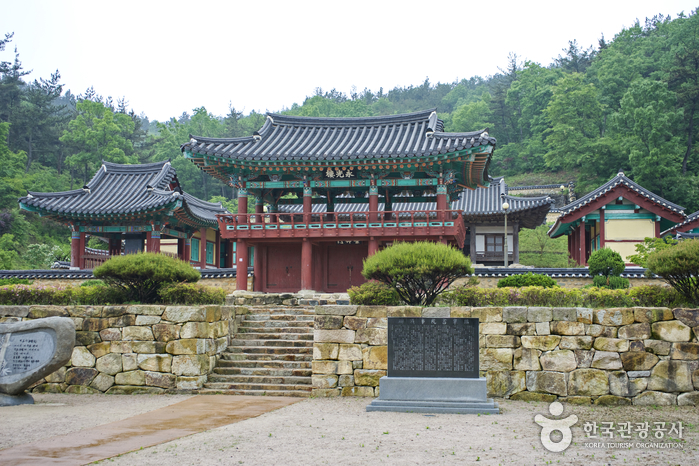
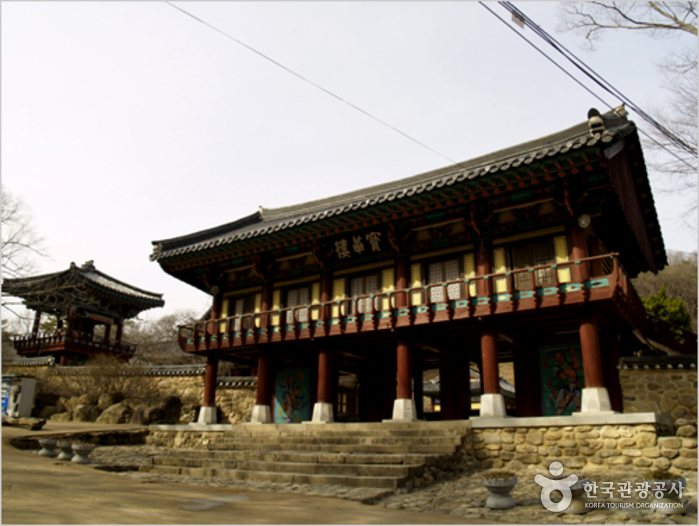
![E-Mart - Yeongcheon Branch [Tax Refund Shop] (이마트 영천)](http://tong.visitkorea.or.kr/cms/resource/60/2883760_image2_1.jpg)
![CheongKwanJang - Yeongcheon Branch [Tax Refund Shop] (정관장 영천)](http://tong.visitkorea.or.kr/cms/resource/62/2883762_image2_1.jpg)
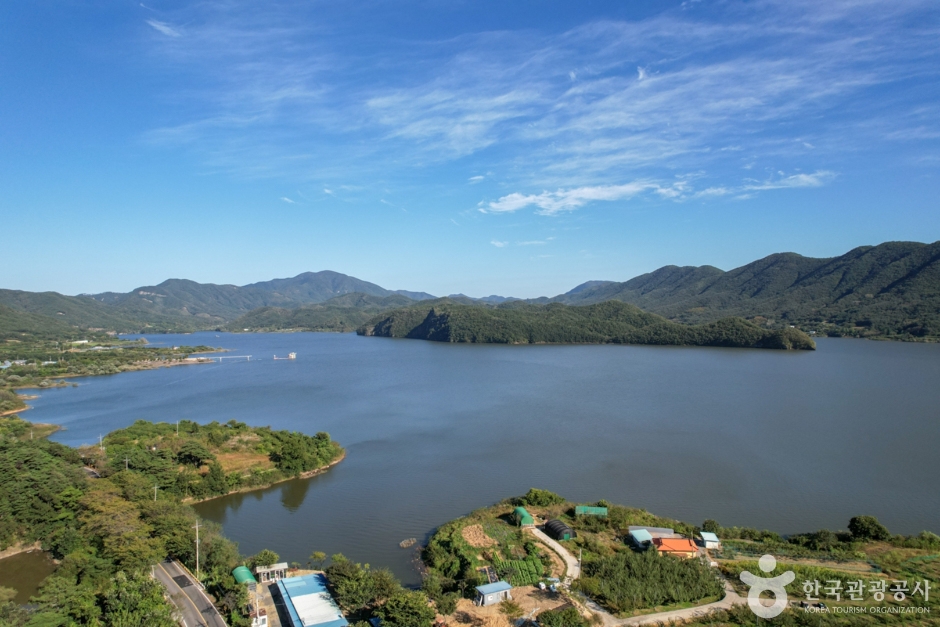
 English
English
 한국어
한국어 日本語
日本語 中文(简体)
中文(简体) Deutsch
Deutsch Français
Français Español
Español Русский
Русский